The 10 smallest countries in the world
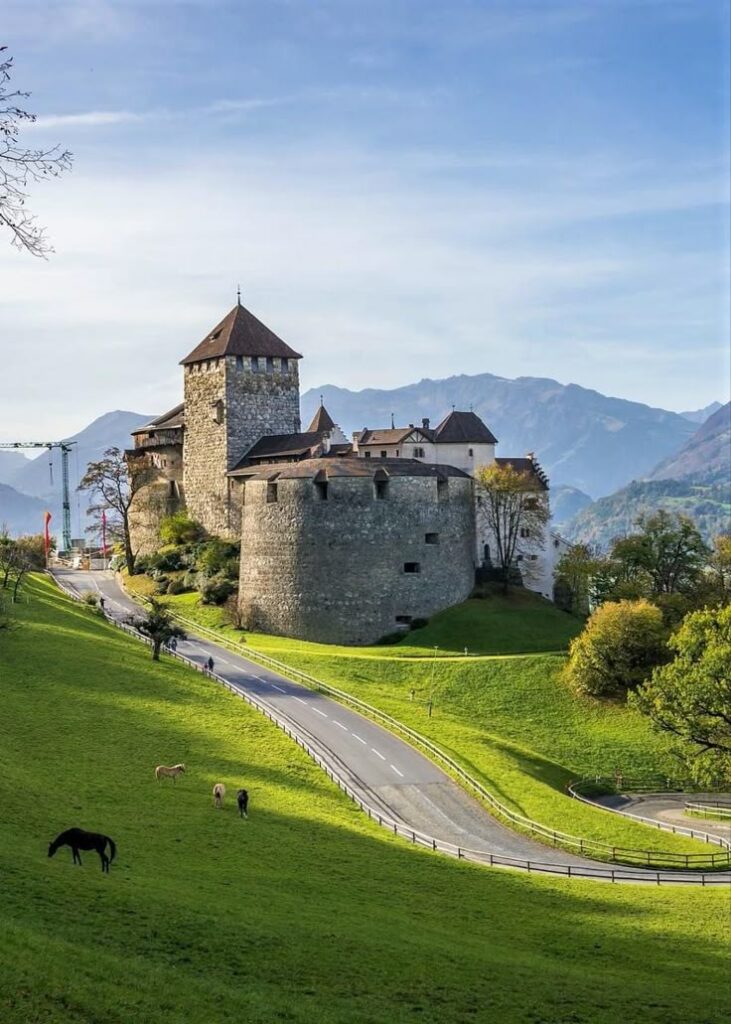
Many of the world’s smallest countries are independent states, some of which are barely larger than a town. Many of these states have a significant history and some even have global influence so their size says nothing about their importance. The tiniest of these is located in the middle of the Italian capital Rome, has its own post office, its own soccer team and plays a central role in world politics all on less than half a square kilometre. From island enclaves to city states, here are the 10 smallest countries in the world by area, based on data by Statista.
Vatican City
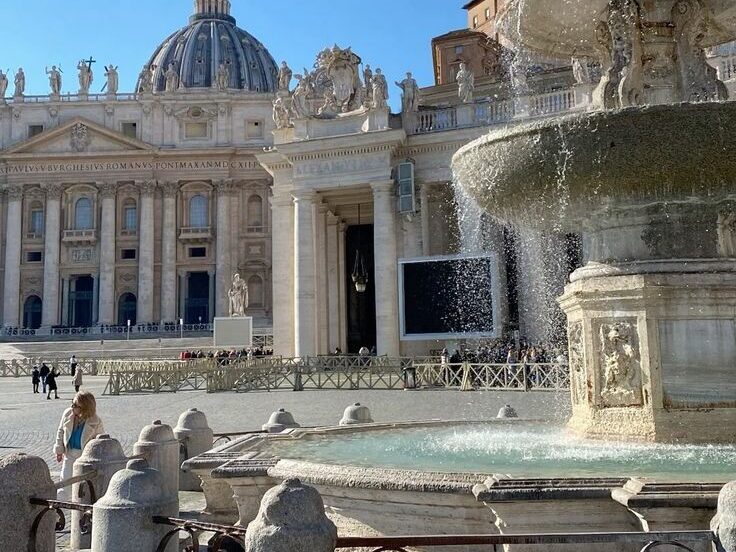
The smallest state in the world is located in the middle of Rome: Vatican City, also known simply as “the Vatican”. The 0.44 square kilometer city state is governed by the Pope as spiritual and temporal head making it an absolute monarchy. The Vatican City State’s most important source of income is tourism: around six million people visit the most important sites of Christianity every year, including St. Peter’s Basilica, the Sistine Chapel and the Vatican Museums. This year, the number of visitors is even expected to increase significantly: The motto of the Holy Year in Rome is “Pilgrims of Hope”. In addition, a new pope, Leo XIV, was elected in the spring.
Nauru
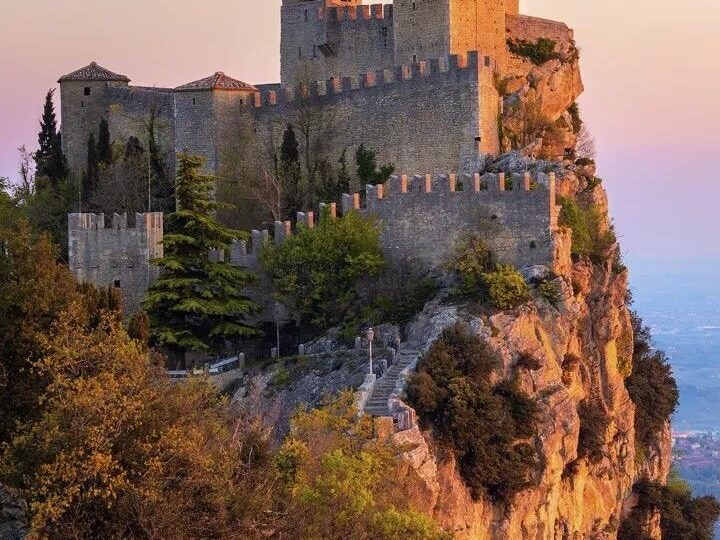
Did you know that Nauru, the third smallest country in the world, was once one of the richest states in the world? This was made possible by the lucrative mining of phosphate, as the small island in the Pacific had large natural deposits. After gaining independence in 1968, Nauru generated revenues of up to 87 million euros per year in the 1970s from the sale of the valuable fertiliser. However, the wealth was quickly depleted and in 2004 the country reached an economic low point, with around 90 percent of the population unemployed. Today, Nauru lives mainly from tourism.
Monaco
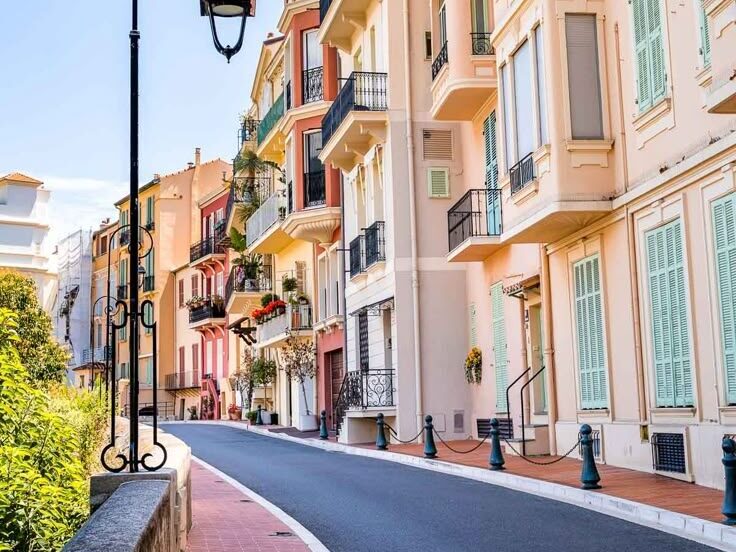
Monaco – many people immediately think of the famous Monte Carlo Casino or the annual Formula 1 Grand Prix. Few people know that Monaco is also the second smallest state in the world. Its total area is just two square kilometers. Nevertheless, the small princely state on the French Riviera offers plenty of space for luxury: magnificent yachts, elegant boutiques and first class restaurants characterize the cityscape. A visit here is not exactly cheap, but you should have been there once in your life.
Tuvalu
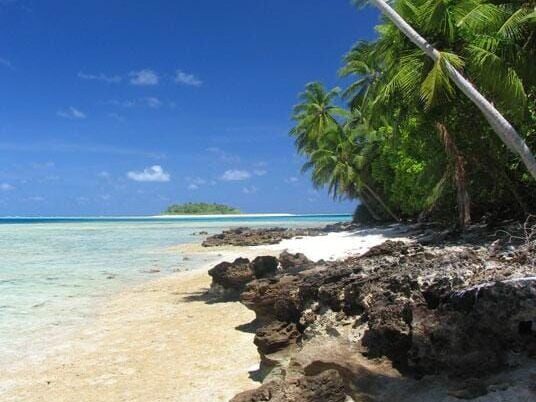
Tuvalu, the fourth smallest country in the world, is one of the least developed nations in the world according to the UN. The island nation in Oceania is located halfway between Hawaii and Australia and consists of nine islands with a total population of just under 11,000. The special feature: The islands are extremely flat – on average only two meters above sea level. As a result, Tuvalu is particularly threatened by climate change and rising sea levels, and the inhabitants have to deal with flooding and severe storms time and again.
San Marino
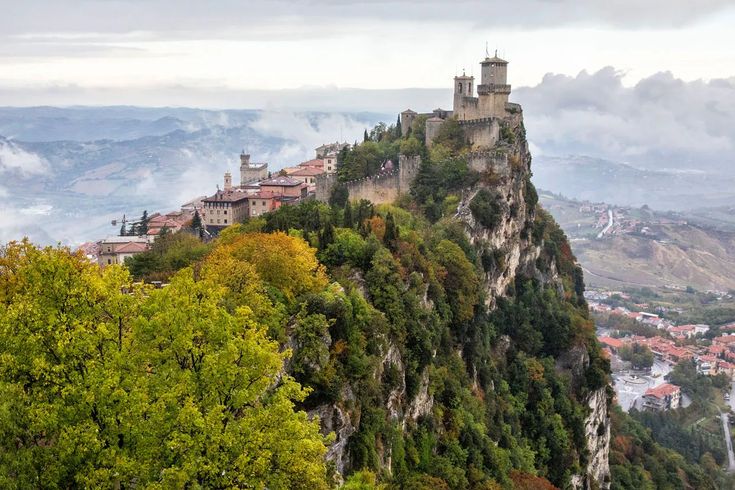
San Marino is one of six dwarf states in Europe located high up on a mountainside in Italy, between Rimini and Bologna. With an area of just 61 square kilometers, not only is its tiny size remarkable, but its location is also fascinating. San Marino’s landmarks are the three striking fortified towers at the top of Monte Totano if you hike up here, you have a magnificent view of the oldest existing republic in the world. Its foundation dates back to the year 301. Even today, the historic old town of San Marino is a UNESCO World Heritage Site and attracts numerous visitors.
Tuvalu

San Marino is one of six dwarf states in Europe located high up on a mountainside in Italy, between Rimini and Bologna. With an area of just 61 square kilometers, not only is its tiny size remarkable, but its location is also fascinating. San Marino’s landmarks are the three striking fortified towers at the top of Monte Totano if you hike up here, you have a magnificent view of the oldest existing republic in the world. Its foundation dates back to the year 301. Even today, the historic old town of San Marino is a UNESCO World Heritage Site and attracts numerous visitors.
Marshall Islands
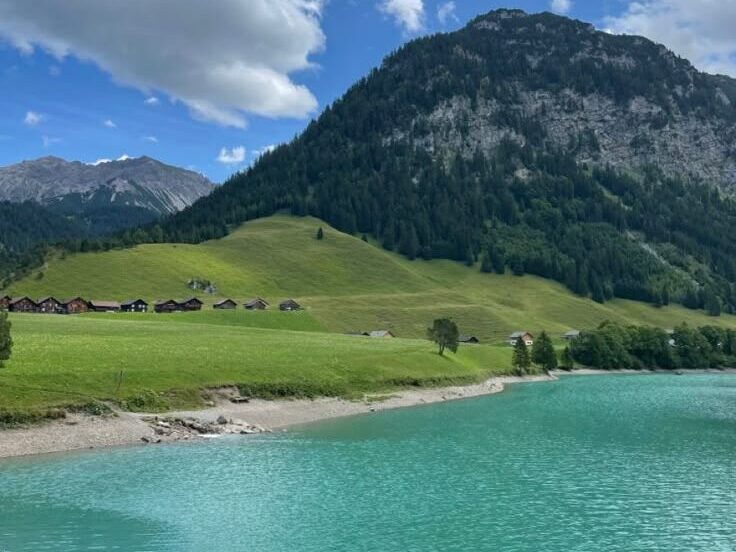
The seventh smallest country in the world is also an island state: the Marshall Islands in the central Pacific. Between Hawaii and Australia, an area of 181 square kilometers is spread over 29 atolls and 5 individual islands, on which a total of around 42,000 inhabitants live most of them in the capital Majuro. The island state is primarily known for its paradisiacal beaches and great diving areas, such as the Bikini Atoll with its sunken warships. A special holiday is “Fishermen’s Day”, which is celebrated every year on Friday in July with a large national fishing tournament.
Liechtenstein

The seventh smallest country in the world is also an island state: the Marshall Islands in the central Pacific. Between Hawaii and Australia, an area of 181 square kilometers is spread over 29 atolls and 5 individual islands, on which a total of around 42,000 inhabitants live most of them in the capital Majuro. The island state is primarily known for its paradisiacal beaches and great diving areas, such as the Bikini Atoll with its sunken warships. A special holiday is “Fishermen’s Day”, which is celebrated every year on Friday in July with a large national fishing tournament.
Niue
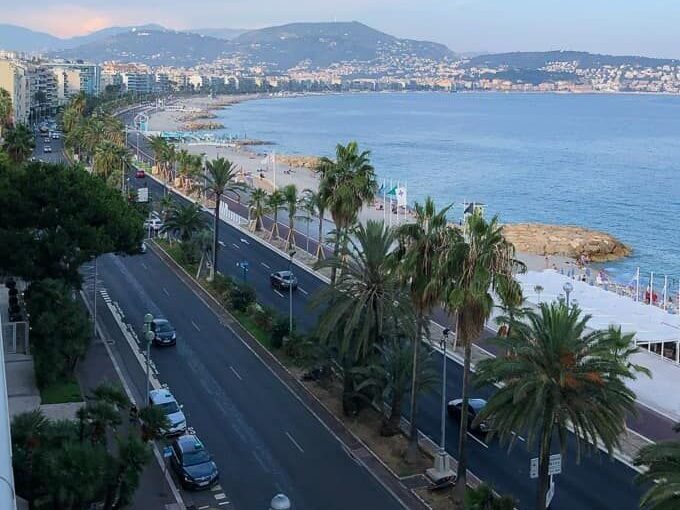
Only one square meter smaller than St. Kitts and Nevis – and thus the ninth smallest country in the world is the island state of Niue. Also known as “The Rock”, Nieu differs from many other islands in the South Pacific: the island is a coral atoll raised above sea level. The isolated island is located in the South Pacific near Tonga, around 2400 kilometres northeast of New Zealand. Less than 1400 people live in the fourteen small villages. So if you want to experience an almost deserted island, this is the place for you. The special thing about it: You can swim with humpback whales here between July and October.
Cook Islands
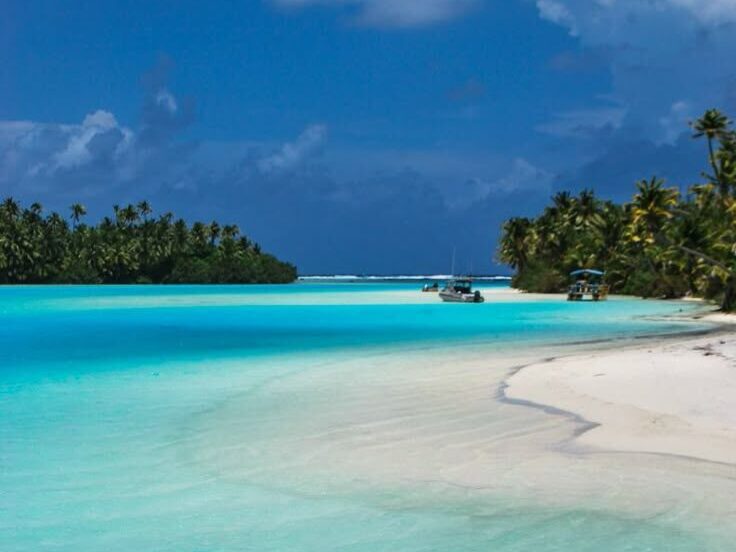
Although the Cook Islands are slightly smaller than Nieu with an area of around 236 square kilometres, they are much more densely populated around 15,000 people live here. Situated in the heart of the Polynesian Triangle in the South Pacific, the island state consists of a total of 15 islands, twelve of which are permanently inhabited. The largest and most important is Rarotonga, which is economically heavily dependent on tourism. This is not surprising: the island is close to paradise with its white beaches surrounded by tropical nature.
St. Kitts and Nevis
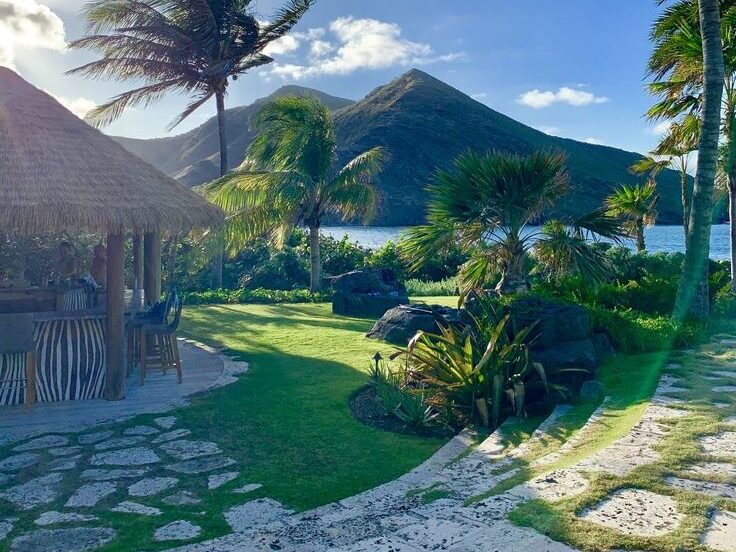
With an area of just 261 square kilometres, the island state of St. Kitts and Nevis in the eastern Caribbean is smaller than the smallest German state and comes in tenth place in the ranking of the smallest countries. The two islands have a hot, tropical climate, which tourists love to use for a fantastic island vacation: In 2023, St. Kitts and Lewis had over 800,000 international visitors. Today, the country lives primarily from tourism, in stark contrast to the period up until the 1970s, when sugar cane cultivation played a central economic role. Now which of The 10 smallest countries in the world will you like to visit first? let us know in the comment section!